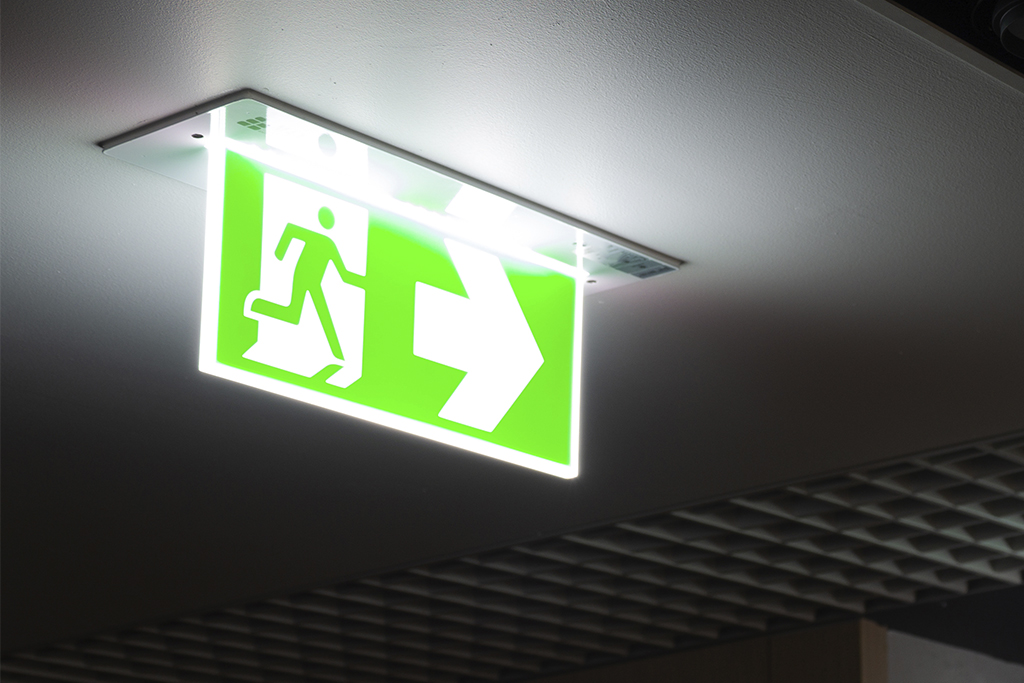The government has published its official guidance encouraging the inclusion of second staircases in blocks of flats taller than 18 metres – plus advice on adding evacuation lifts.
Some contractors paused work on high-rise schemes when the government announced its intention to consult on how to improve fire safety by providing more than one escape route from residential high rises.
The shape of the new guidance, which will apply in England from 2026, emerged late on Thursday afternoon (28 March), with the publication of revisions to Approved Document B (ADB).
James McNay, director of fire safety at engineering firm Hydrock, told Construction News: “Although the height threshold was trailed by ministers previously, having it in black and white provides building designers with certainty.”
The ADB revisions say that interlocked stairs “should be considered as a single escape route and do not constitute an alternative means of escape”.
McNay said this would still allow two staircases within a single core, as long as they were separated by a wall to prevent smoke travelling from one to another.
The Building Safety Regulator had pressed the government to include encouragement for an evacuation lift to help people escape, it has emerged.
While the government’s equality analysis said including evacuation lifts as a minimum standard in the guidance “was not proportionate at this time”, the revised ADB includes advice on how they should be designed.
It said this was to ensure the document was in line with emerging policy in London calling for evacuation lifts.
Unlike building regulations, following the requirements of the ADB is not mandatory.
In theory, McNay said, this could still allow some developers to propose buildings of over 18 metres with just a single staircase.
He said: “There will be buildings that are over 18 metres that will be safe with a single staircase. It would be reasonable for a developer to put a building like that forward. But the question is whether the regulator would be likely to approve buildings with just one staircase – doing so would present an approval risk for scheme promoters.”
McNay also warned that building designers should not be complacent about the protection that the revised ADB might provide.
He said: “Having guidance is fine but only if we apply it in the spirit of the building regulations and avoid the danger of seeing building safety as a tick-box exercise. There still needs to be thought put into the process – just because a building has two staircases does not in itself make a building safe.”
The revisions in the document take effect on 30 September 2026 for use in England.
The 30-month transition period was chosen after respondents to the consultation on the second staircase measures raised worries about the impact on housing supply.
In its consultation response, the government said: “We recognise that any update to the ADB guidance can impact housing supply because it will increase build costs and potentially reduce the saleable floorspace of developments.”
Minister for housing Lee Rowley said: ”The change in guidance to include two staircases for buildings over 18 metres provides clarity for developers and ensures both new and existing buildings provide safe and secure homes for all residents.”
Earlier this month, the Industry Safety Steering Group, chaired by Dame Judith Hackitt, criticised developers that are still building schemes with single staircases.

